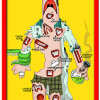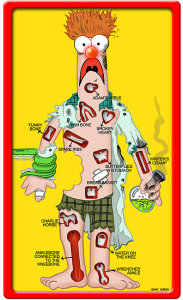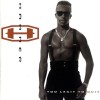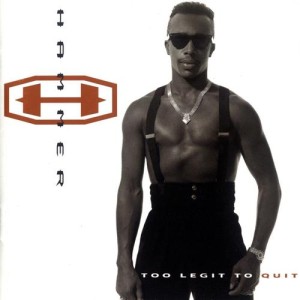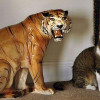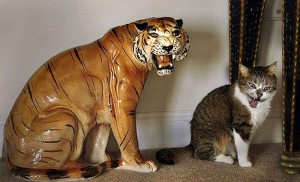When you hear John Coltrane, you immediately know it’s Trane. It’s not the notes he’s playing or his dazzling technique that makes him sound uniquely like himself. It’s his sound. Every jazz musician, at some point, ventures into the abyss in search of their own, unique sound. Your sound is what makes you, well, you. But where do you start?
Let’s begin by defining the core elements that determine one’s “sound”:
- Articulation – Contrast Wayne Shorter’s heavy tongue with the light, legato style of Hank Mobley.
- Color/Tone – Joe Henderson’s rich, dark tone stands in stark contrast to the bright, aggressive color of Michael Brecker’s tone.
- Rhythm– Dexter Gordon plays his eighth-notes straight and behind the beat, while Cannonball mostly uses a heavy swing and plays squarely in the middle of the beat. Sonny Rollins loves the off-beats.
- Harmonic Conception – Do they always play a flat-9 over a the five chord on a major ii-V7-I? Do they employ a lot of chromatic runs and enclosures a-la Mark Turner?
Forget About Mouthpieces.
Charlie Parker played on any horn, mouthpiece, and reed combo he could get his hands on, and he always created the same, beautiful, distinctive sound that defines the music we continue to play. How was he able to do this? It’s not his equipment that made the sound. It was his conception.
In order to sound like yourself, you need to have a crystal clear idea in your head of what you want to sound like before you put any air into your horn. So save your money and stop buying new mouthpieces. Instead, find something that gives you a consistent sound and lots of control, and stick with it. ...read more

